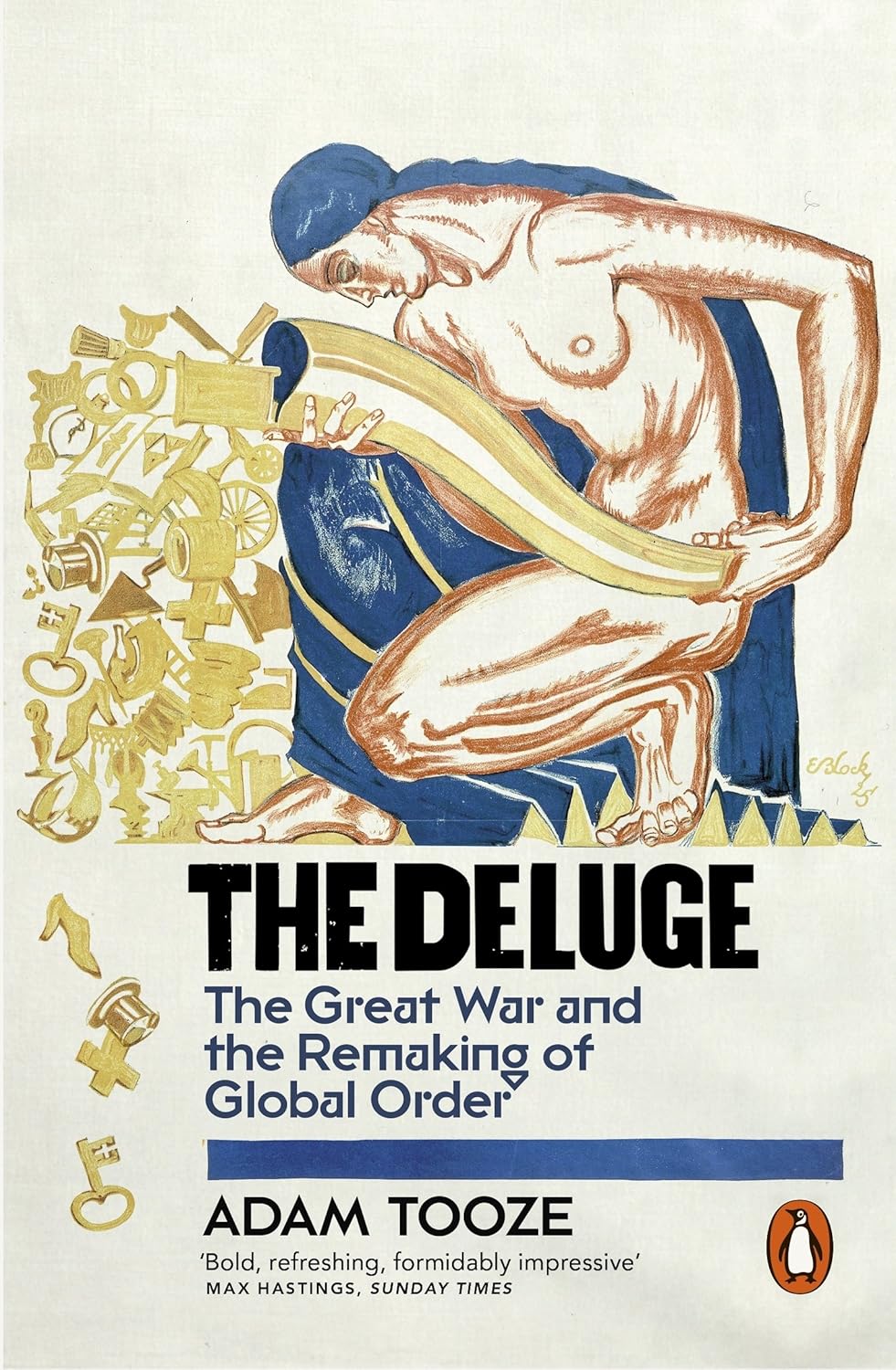Generally dandys don’t get a very good press but a conservative hippy has come to their defence.
This prompts a memory of Sir Roderick Murchison, a great entrepreneur of science. This is a review of a book about his life and work, in a collection of papers on the theme Making Science Pay. The main theme is to challenge some widespread views about science and scientists, especially the effectiveness of Big Science driven by government funding.
The first paper dates from the time when the Australian university system was being radically expanded and bureaucratized under central direction in the hope of greater administrative efficiency and better economic returns from teaching and research. That was a cruel joke and it would have been clearly perceived as such in the light of experience in the US reported by Jacques Barzun from the 1940s to the 1960s . A companion volume on Australian society at large is Australiana.
Getting back to the book on Murchison (1792-1871.)
He served in the Spanish campaign against Napoleon but the end of hostilities in 1815 destroyed his hopes for military glory. Relegated to a backwater in Ireland he diverted himself with riding, hunting, drinking bouts and visits to London where he paraded as a dandy. He also attended lectures by Sir Humphrey Davy at the Royal Institute for Science.
This unlikely combination of activities won him the hand in marriage of a cultured lady, Charlotte Hugonin, only daughter of a wealthy general. She encouraged him to develop more refined interests in the course of a prolonged Continental tour. He undertook prodigious walking expeditions and showed a keen eye for country and a willingness to describe it in detail. Back in England he reverted to fox hunting on his country estate until the problem of debt and a partridge shooting expedition with Sir Humphrey Davy inspired him to turn to Science.
The couple moved to a rented house in London until the death of Charlotte’s father some years later enabled them to occupy a mansion in Belgrave Square. This, at page 15 (circa 1842) is the last mention of wife, family, or social life in the book. The strangest feature of this biography is the complete absence of any sense of the subject as a flesh and blood man (or a person) living a life among people.
Fifteen years of intensive fieldwork mapping the Silurian sediments in Wales provided the foundation for his scientific reputation. After his early and important contribution, he did not appear to shift his opinion on any matter of theoretical interest. During that time he established close social and working relationships with all the major geologists in Europe. He also began his pursuit of power and influence in the scientific societies, initially the Geological Society where he became the Foreign Secretary in 1828. For many years he was on the council of the Royal Society, also he was a trustee of the British Museum and an active office bearer in practically any other society or club that could advance his interests. If the suitable organisation did not exist he created it. He was a founding member of the Athanaeum Club, the Royal Geographical Society and the British Association for the Advancement of Science. These societies played a major role in directing scientific work, at a time when government involvement did not go far beyond naval mapping and some surveying for strategic materials during times of war.
The book outlines his tireless efforts through committees, patronage, political connections and publicity to expand and co-ordinate worldwide efforts in exploration and data collection. No continent was untouched by his efforts, and those of his friends and disciples in the field. As a testament to his influence, Australia alone contains five Mount Murchisons and two Murchison Rivers, while New Zealand has four mountains and a glacier named after him.
His efforts called for a great deal of energy and organising ability, also the time that was made available by minimal domestic responsibilities and a supportive wife. He was not a radical but his support for free trade and its corollary, peace, put him at odds with the government in some military adventures, notably the Crimean War. He also encouraged the full participation and recognition of women in the scientific societies, generously acknowledging the efforts of Jane Franklin in Tasmania and other female pioneers.

I’m not sure the dandy ever died.
Prince was a good example – chick magnet.
(ok – so he’s dead)
Somewhat off-topic, but that name rings a bell as the author of one or two books which – prior to the covidiocy – I had intended to purchase and read. Note to self: Search Trove and find a library which has one or more of Barzun’s books to borrow.
Sorry. As you were.
(As a history nerd, I did enjoy the post about Murchison though).
Re Barzun: I have a copy of his From Dawn to Decadence: 500 Years of Western Cultural Life, 1500 to the Present, Harper Collins, 2000. It is an awesome work, his knowledge (and love) of Western culture is stupendous, it is a book that I dip into from time to time, and I would recommend it to anyone who frequents this blog.
And there is the township of Murchison Vic and Murchison East Vic.
Initially I though this was the Dandy you referred to, I some English friends as a child and they sometimes had a copy sent over by relatives ‘back home’.
https://en.wikipedia.org/wiki/The_Dandy